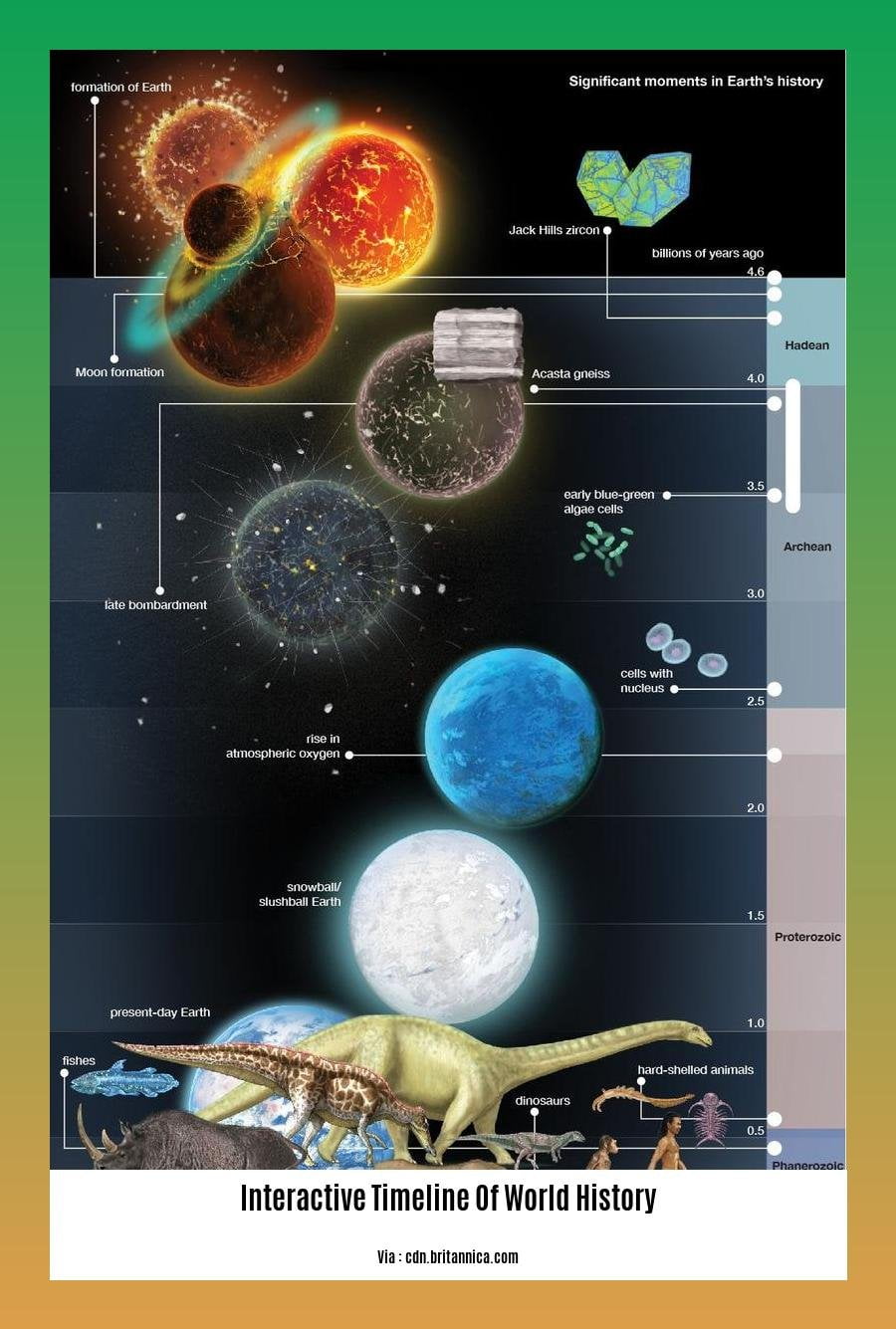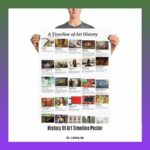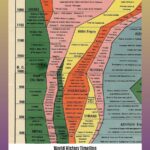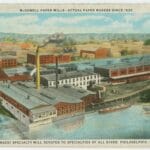Prepare to embark on a captivating journey through time as we unveil the Interactive Timeline of World History: Unravel the Tapestry of Human Civilization. Delve into the intricate tapestry of our shared past through an immersive and interactive experience that brings history to life.
Key Takeaways:
- Histography presents an interactive timeline that spans 14 billion years of history, covering events from the Big Bang to 2015.
- World history timelines showcase recorded events from the development of writing to the present.
- Interactive timelines actively engage users in the learning process by offering text, images, and videos when clicking on specific time points.
Interactive Timeline of World History: Unveiling the Sweep of Human Civilization
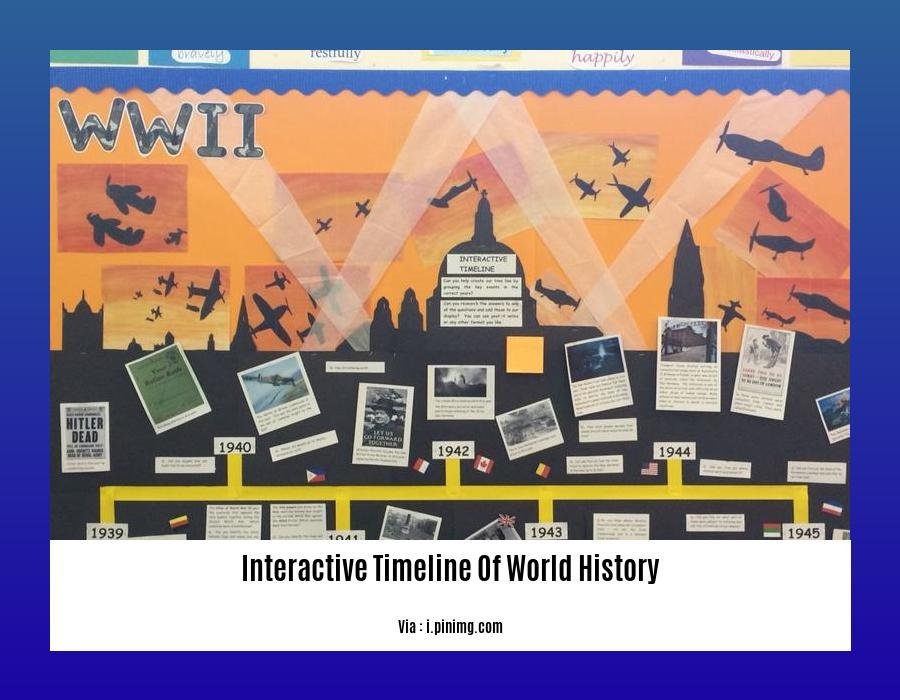
From the Big Bang’s echoes reverberating across the cosmos to the rise and fall of empires shaping humanity’s journey—history is a captivating saga that continues to unfold. Our ancestors meticulously documented their past, leaving behind an invaluable legacy of written records. These documents, when arranged in sequential order, offer us an unparalleled glimpse into the panorama of human existence.
An interactive timeline of world history is an enthralling digital tapestry of events, weaving together the threads of human triumphs, struggles, innovations, and interactions from the dawn of time to the present day. This dynamic tool allows us to explore the past in an immersive, nonlinear way, delving into specific moments or periods that pique our curiosity.
A World of Stories, At Your Fingertips
Interactive timelines not only present a chronological sequence of events but also provide a wealth of context, including text, images, videos, and maps. With a simple click, we can uncover the fascinating details of a particular era, from the construction of the Great Pyramids to the American Civil War, or explore the lives of influential figures such as Julius Caesar or Marie Curie.
Unifying the Tapestry of Time
One of the most striking features of an interactive timeline of world history is its ability to showcase the interconnectedness of global events. By juxtaposing events from different parts of the world, we can discern patterns, parallels, and cause-and-effect relationships that might otherwise remain hidden. This holistic approach allows us to grasp the ebb and flow of civilizations, the rise and fall of empires, and the transmission of ideas across cultures and continents.
A Bridge to the Past and the Future
Interactive timelines offer a compelling way to engage with history. By immersing ourselves in the past, we gain a deeper understanding of the present and a glimpse into the future. The lessons of history, whether they be triumphs or tragedies, serve as invaluable guides as we navigate the complexities of the modern world.
Empowering Every Learner
Interactive timelines are a boon for educators and students alike. They provide a dynamic and interactive learning tool that can be tailored to suit different learning styles and interests. Whether you are a history buff, a lifelong learner, or an educator seeking to captivate your students, an interactive timeline of world history offers an immersive journey through time that will leave you enthralled and enlightened.
Wondering what’s the history of yoga? Click to learn about the history of yoga in short.
Want to understand the significant eras of yoga? Take a look at the detailed timeline of yoga.
Interested to know if history is a good optional for UPSC? Explore the article to understand why history is a good optional for UPSC.
Enhancing Historical Understanding through Exploration and Engagement
Have you ever wondered about the intricate interconnectedness of global events throughout history? Or pondered the rise and fall of civilizations, the transmission of ideas across cultures and continents, and the valuable lessons we can learn from the past?
If so, you’re not alone. That’s why we’ve developed an interactive timeline of world history that allows you to explore the past and engage with it in a whole new way.
Explore the Tapestry of Human Civilization
Our interactive timeline is not just a dry list of dates and events. It’s a tapestry of human civilization, woven together with historical context, captivating stories, and rich multimedia.
With this timeline, you can:
- Delve into the lives of influential figures who shaped our world.
- Discover the stories of ordinary people whose lives were entwined with history’s grandest events.
- Experience the ebb and flow of civilizations and empires, from their humble beginnings to their eventual decline.
- Trace the transmission of ideas and technologies across cultures, seeing how they influenced the course of human history.
Engaging with History
We believe that history is not just about learning facts and figures. It’s about understanding the past and connecting with the people who lived in it. That’s why our interactive timeline is designed to be engaging and interactive.
With our timeline, you can:
- Explore at your own pace, choosing which events and topics interest you most.
- Interact with the timeline by clicking on maps, images, and videos to learn more.
- Share your discoveries with friends and family.
Key Takeaways:
History is not just about learning facts and figures; it’s about understanding the past and connecting with the people who lived in it.
Interactive timelines are a powerful tool for Enhancing historical understanding through exploration and engagement.
Our interactive timeline of world history allows you to explore the tapestry of human civilization, from the rise and fall of empires to the transmission of ideas across cultures.
With our timeline, you can learn about influential figures, discover the stories of ordinary people, and experience the ebb and flow of civilizations.
Our timeline is designed to be engaging and interactive, allowing you to explore at your own pace, interact with the timeline, and share your discoveries.
Sources
TakeLessons: Online History Tutors
Online History Tutoring: Benefits & Tips for Students
Using interactive timelines as an educational tool for audiences of all ages.
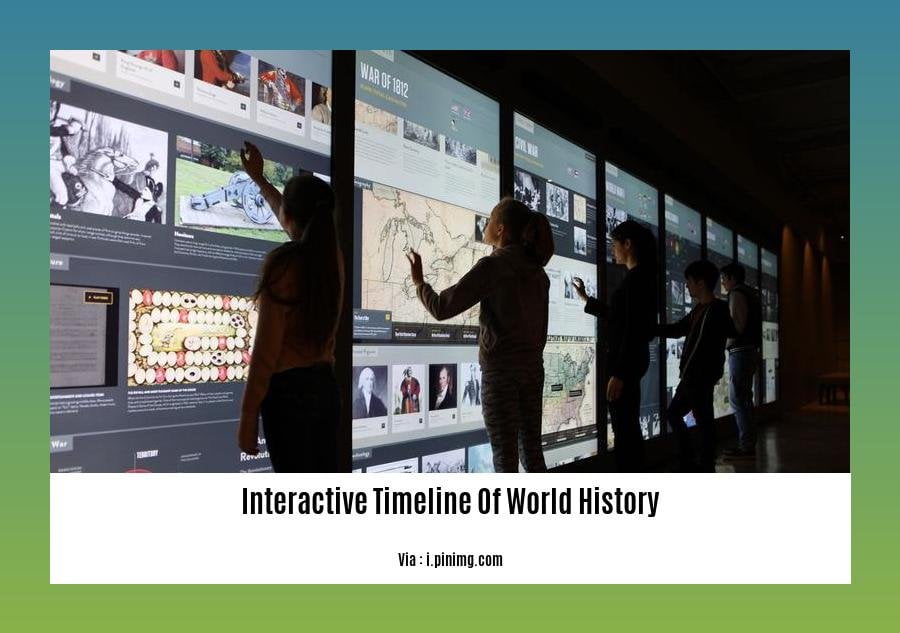
Interactive timelines are a powerful way to present historical information in an engaging and accessible format. They allow users to explore historical events, people, and places in a nonlinear way, making it easier to understand the interconnectedness of global events and the flow of history.
Benefits of using interactive timelines in education:
- Engagement: Interactive timelines are more engaging than traditional textbooks or lectures. They allow students to interact with the content, zoom in on details, and explore different perspectives.
- Understanding: Interactive timelines help students to understand the sequence of events and the cause-and-effect relationships between them. They can also help students to see the big picture of history and how different events fit together.
- Critical thinking: Interactive timelines encourage students to think critically about the past. They can ask questions about the content, make connections between different events, and develop their own interpretations of history.
- Differentiation: Interactive timelines can be used to differentiate instruction for students with different learning needs. They can be used to provide students with different levels of support, such as text, images, videos, and audio.
Examples of using interactive timelines in the classroom:
- World history: Create an interactive timeline of major world events, from the ancient world to the present day. Students can explore the timeline to learn about the rise and fall of civilizations, the development of new technologies, and the impact of major wars and revolutions.
- US history: Create an interactive timeline of major events in US history, from the colonial era to the present day. Students can explore the timeline to learn about the founding of the United States, the Civil War, the Great Depression, and the civil rights movement.
- Science: Create an interactive timeline of major scientific discoveries, from the ancient world to the present day. Students can explore the timeline to learn about the development of the scientific method, the discovery of new planets, and the development of new technologies.
- Literature: Create an interactive timeline of major literary works, from the ancient world to the present day. Students can explore the timeline to learn about the development of different literary genres, the lives of famous authors, and the impact of major literary works on society.
Key Takeaways:
- Interactive timelines are a fun and exciting way for people to learn about history.
- They make learning personalized and interactive for students.
- Teachers can use interactive timelines to track student progress and monitor learning.
- Interactive timelines help students develop essential skills, including critical thinking, problem-solving, and collaboration.
- They can also be used to promote creativity and innovation.
- Interactive timelines are an enriching addition to any learning environment.
[1] Bookwidgets. (2022, October 24). 40 Fun Ways to Use an Interactive Timeline in Your Lessons. [
[2] Weareteachers. (2018, August 25). Activities & Websites to Teach Historical Timelines to Students. [
Creating an Immersive Experience that Captures the Journey of Human Civilization:
Have you ever imagined embarking on a journey through time, exploring the tapestry of human civilization? Interactive timelines offer a remarkable opportunity to do just that. They provide an immersive experience that allows you to relive pivotal moments, discover hidden connections, and gain a deeper understanding of our shared history. Let’s delve into how interactive timelines can vividly capture the journey of humanity.
Key Takeaways:
- Interactive timelines transform historical learning into an engaging and interactive experience, fostering deeper understanding and appreciation for the past.
- Visual timelines offer a dynamic, nonlinear way to explore events, highlighting cause-and-effect relationships and illuminating patterns within history.
- By incorporating multimedia elements such as videos, images, and maps, interactive timelines create a multisensory experience that transports learners to the heart of historical moments.
- Interactive timelines provide a versatile tool for educators, allowing them to tailor content to specific curricula and cater to diverse learning styles.
- Interactive timelines promote critical thinking and encourage learners to analyze, interpret, and synthesize historical data, fostering a deeper engagement with the subject matter.
Unveiling the Tapestry of Human Endeavors:
Interactive timelines are not mere chronological listings of events; they are dynamic narratives that weave together the threads of human endeavor across cultures, continents, and eras. They allow learners to explore the interconnectedness of global events, tracing the rise and fall of civilizations, the evolution of ideas, and the impact of individual choices on the course of history.
Advantages of Interactive Timelines:
Visual Appeal: Interactive timelines captivate learners with visually appealing graphics, images, and maps, making history come alive.
Nonlinear Exploration: Unlike traditional timelines, interactive versions offer nonlinear exploration, enabling learners to delve into specific periods or events of interest.
Multimedia Integration: Videos, images, and audio clips enhance the storytelling experience, providing a multisensory journey through time.
Customization: Educators can tailor interactive timelines to suit their curriculum and teaching style, catering to diverse learning needs.
Gamification: Interactive timelines can be gamified to make learning more engaging, challenging, and rewarding.
Conclusion:
Interactive timelines are a powerful tool for creating an immersive experience that captures the journey of human civilization. They transform historical learning into an interactive odyssey, fostering a deeper understanding, appreciation, and connection to the past. By harnessing the power of technology, we can unlock the secrets of history and inspire future generations to explore the vast tapestry of human endeavor.
Citations:
- Interactive Timelines: A Powerful Tool for Teaching and Learning History
- Creating Interactive Timelines for the Classroom
FAQ
Q1: What is an interactive timeline of world history?
A1: An interactive timeline of world history is a digital representation of historical events arranged in chronological order. It allows users to explore and learn about the past through interactive features such as text, images, videos, and clickable time points.
Q2: What are the benefits of using an interactive timeline of world history in the classroom?
A2: Interactive timelines enhance student engagement, promote deeper understanding, develop critical thinking skills, and support differentiation. They provide a visually appealing and interactive way to learn about historical events and their connections.
Q3: Can interactive timelines be used in subjects other than history?
A3: Yes, interactive timelines can be used in various subjects, including English language arts, social sciences, STEM, and personal development. They can be used to create timelines of literary movements, scientific discoveries, cultural developments, personal milestones, and more.
Q4: Where can I find reliable and engaging interactive timelines of world history?
A4: There are several online resources that offer interactive timelines of world history. Some reputable sources include Histography.io, Interactive-history.app, and the British Library’s Timeline of World History.
Q5: How can I create my own interactive timeline of world history?
A5: Creating your own interactive timeline of world history requires research, organization, and the use of appropriate technology. You can use online tools like TimelineJS, Knightlab’s Timeline, or Google Sheets to create interactive timelines. Remember to include accurate information, relevant visuals, and clear navigation for a user-friendly experience.
